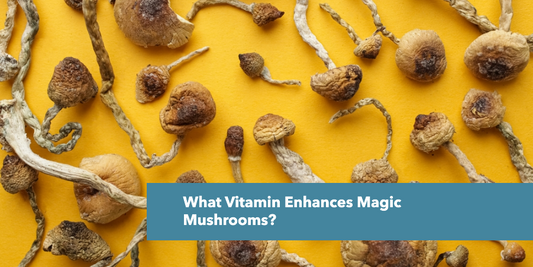Magic mushrooms, also known as psilocybin mushrooms, come in various types and species. Here are some of the most common and well-known types:
Psilocybe Species

Psilocybe species are a diverse group of fungi known for their psychoactive properties, particularly the presence of psilocybin and psilocin. Here are some key points about Psilocybe species.
Classification
- Domain: Fungi
- Common Names: Magic mushroom, shroom, golden halo, cube, gold cap
- Phylum: Basidiomycota
- Class: Agaricomycetes
- Order: Agaricales
- Family: Strophariaceae
- Active Compounds: Psilocybin, psilocin
Types of Psilocybe Species:
Psilocybe cubensis: One of the most widely known and cultivated species.
Psilocybe semilanceata: Found in Europe and Asia, often referred to as "liberty caps."
Psilocybe subaeruginosa: Found in Australia and New Zealand.
Psilocybe caerulipes: Found in North America.
Psilocybe cyanescens: Found in North America.
Psilocybe subaeruginascens: Found in Europe.
Therapeutic Potential
Mental Health: Psilocybin and psilocin have shown potential in treating mental health disorders such as depression, anxiety, and obsessive-compulsive disorder. Clinical trials are exploring these uses.
Distribution
Global Distribution: Psilocybe species are found worldwide, with the greatest diversity in the neotropic zone, particularly in Mexico. They can grow in various biomes, including forests and grasslands.
Specific Locations: Some notable species are found in tropical and subtropical regions of South America, Mexico, and the United States.
Psychoactive Compounds
Psilocybin and Psilocin: These compounds are responsible for the psychedelic effects of Psilocybe species. Psilocybin is converted to psilocin in the body, which is the primary psychoactive compound.
Other Compounds: Some species also contain baeocystin, which contributes to the overall psychoactive effect.
Identification
Macroscopic Features: The shape and structure of the cap, stem, and gills are important for identification. The presence of a viscid cap, dark spores, and a greenish-blue bruising reaction are characteristic of many Psilocybe species.
Microscopic Features: Examining the spores, basidia, and cheilocystidia under a microscope can help confirm the species.
Genera

Genera of mushrooms that contain psilocybin and psilocin, in addition to the well-known genus Psilocybe, include:
Other genera of mushrooms that contain psilocybin and psilocin, in addition to the well-known genus Psilocybe, include:
Panaeolus
Species: Panaeolus papilionaceus, Panaeolus campanulatus, and others.
Characteristics: These species are often small, brown, and have a distinctive cap shape. They can be mistaken for Psilocybe species, but are generally less potent.
Distribution: Found worldwide, particularly in temperate regions.
Copelandia
Species: Copelandia cyanescens and others.
Characteristics: Typically small, with a blue-green cap and stem. They are often found in tropical regions.
Distribution: Found in tropical and subtropical regions.
Pluteus
Species: Pluteus cervinus and others.
Characteristics: These species are often large, with a distinctive cap shape and gills that run down the stem.
Distribution: Found worldwide, particularly in temperate regions.
Gymnopilus
Species: Gymnopilus junonius and others.
Characteristics: These species are often small to medium-sized, with a distinctive cap shape and gills that run down the stem.
Distribution: Found worldwide, particularly in temperate regions.




